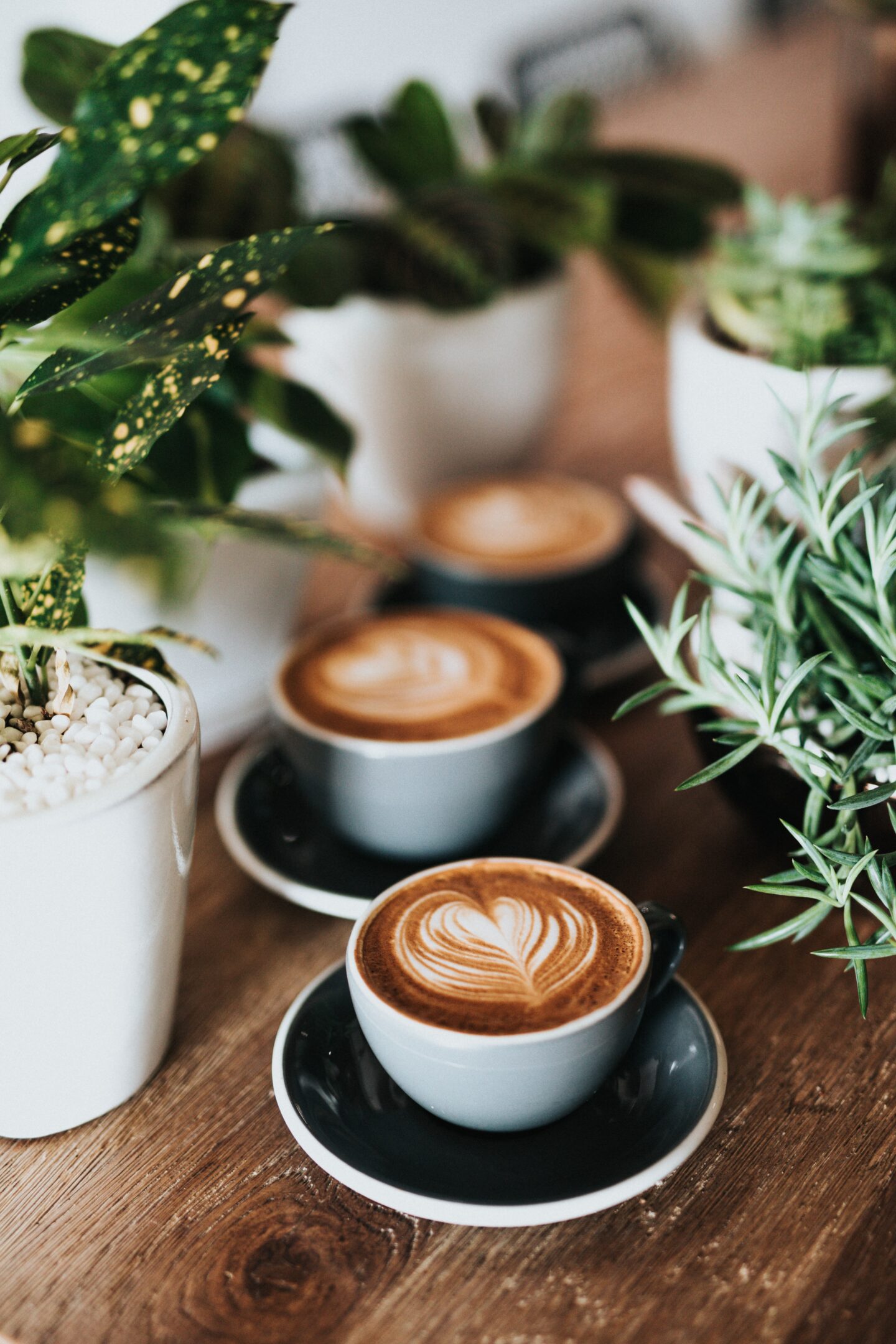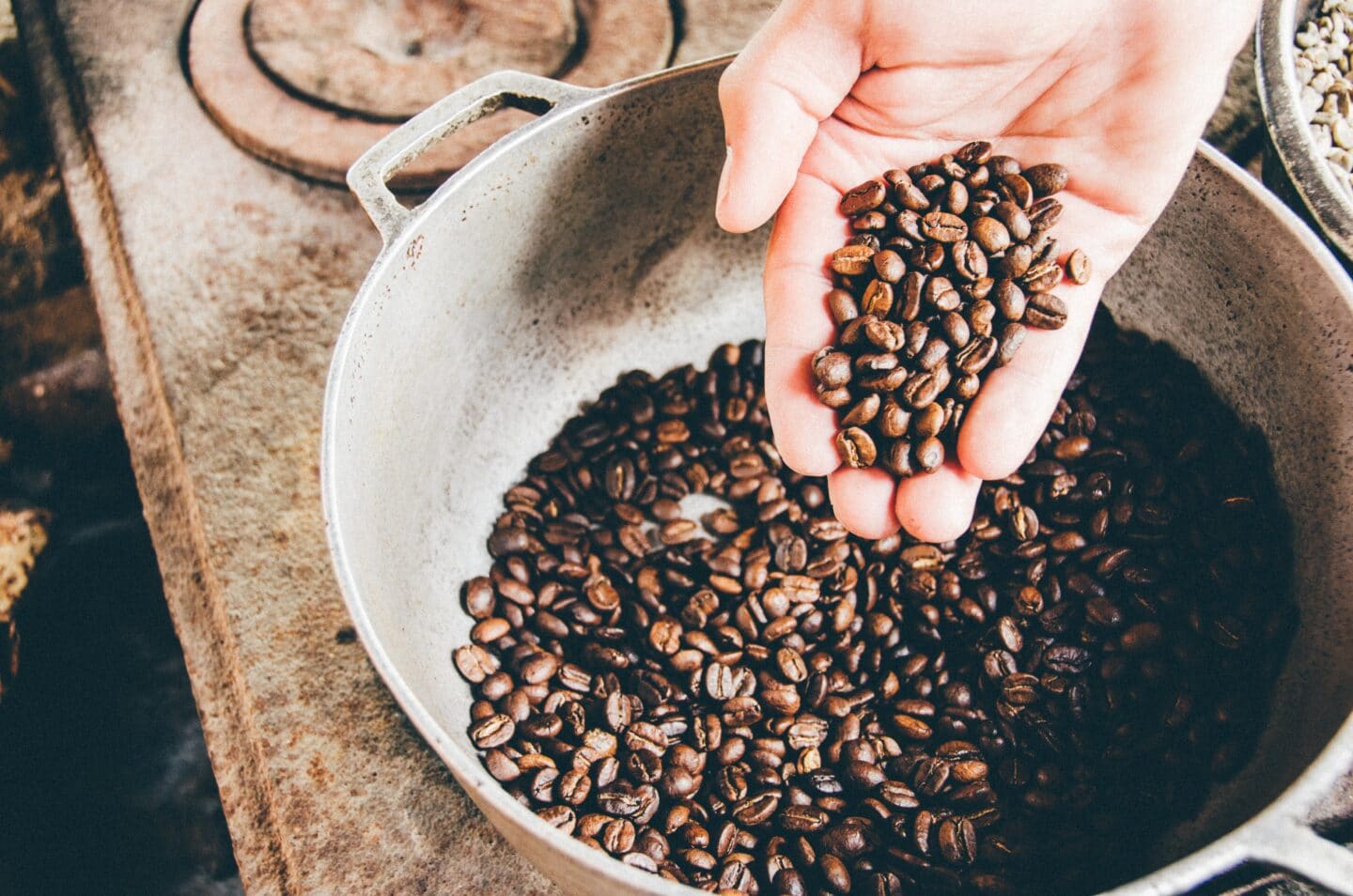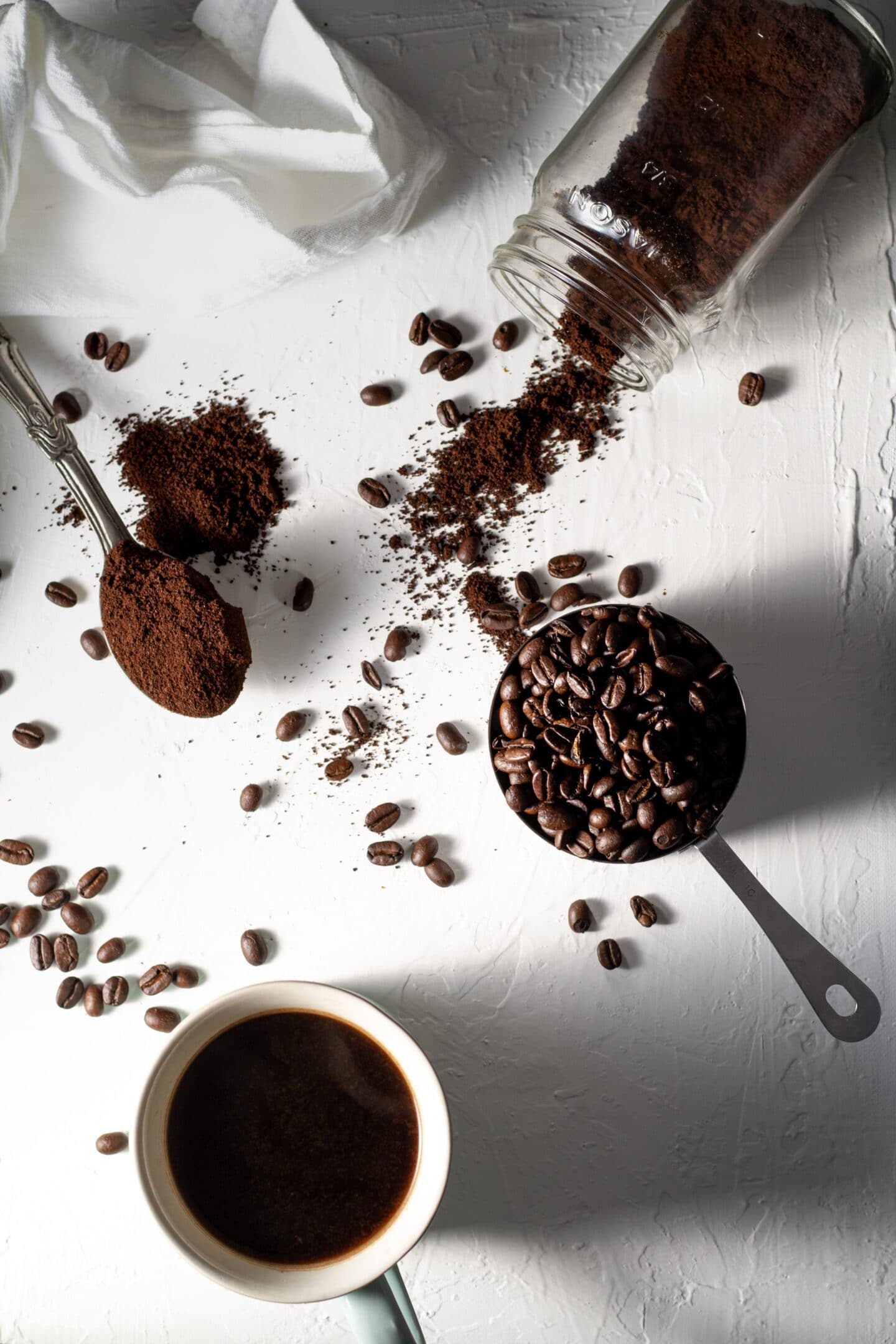
How to Choose Your Coffee

If you're not an avid coffee lover, you are probably always puzzled trying to choose a drink in a cafe. There are tons of java beverages to pick from, so you may need a lot of days or months to examine them all and pick the preferable drink. When it comes to choosing coffee beans for preparing java by yourself, everything becomes much more complicated. The number of blends that have different tastes is almost limitless these days. If you don't enjoy drinking beverages made of the most popular blends, scroll down below and discover how to choose your java.
Type of Beans and Growing Location
Mainly, there are two major types of coffee beans classification. Arabica is grown on high altitudes and is considered the first-grade type. Most pods that are grown in Central America are Arabica. They have a softer taste thanks to the lower level of acid. Arabica pods are always sweeter and have some particular tastes. Robusta is a type of coffee that has a lower score. It's usually grown in Asia and Africa on low altitudes. This type of bean is stronger and bitter.
Note both Arabica and Robusta can be grown in different countries in different ratios. For instance, the top-grade beans, usually chosen for filling budget coffee makers, can be harvested in Asia if there is the proper landscape for rowing Arabica pods. Vice versa, some farmers in Brazil can harvest Robusta pods as well. Therefore, the origin isn't the major characteristic that you should stick to choosing your coffee. The taste of java is influenced by a blend, processing method, and roasting. Note, it's quite hard to find 100% Arabica or Robusta in stores these days, so you have to examine labels on packages thoroughly not to get cheated by some manufacturers.

Processing
There are three different ways seeds from cherries are extracted and processed before being roasted. Every method has specific peculiarities that influence the taste of java drinks. In mere words, the sweetness, body, and flavor are affected by processing. The wet method is very popular as it foresees the ability to process a large number of pods fast. Using this processing method, farmers can control the taste profile of coffee. Beans are forced to soak in large tanks with water. Then, they are de-pulped and washed to remove the parchments. Washed beans have a high level of acid and can deliver a clear taste of java.
Unfortunately, the wet method needs a lot of water, so it's not applicable in regions that experience the lack of this natural source. The second popular processing method is dry. Being processed in this way, they are left to dry on the sun inside cherries. It forces the sugar to ferment, which makes beans sweeter. Also, it adds the flavor of fruits and lowers the level of acidity. In some cases, the mixed processing method is applied. It helps achieve a perfect combination of sweetness and full-bodied taste. This type of bean is perfect if you're planning to brew drinks using a professional coffee-making machine. According to the Jura z6 review, it can prepare a lot of different drinks in a click. Therefore, beans that are processed using the wet method are perfect for a multipurpose java-making machine.
Roasting
After being processed, coffee pods are roasted. There are a lot of different types of roasted pods. However, the grade of roasting doesn't describe the quality of beans. The roasting level must be perfectly picked according to your preferences if you want to get the best java. The light roast level keeps the original qualities of beans. Also, pods roasted on low heat are full of caffeine.
The medium roast delivers a great balance between sweetness and full-bodied taste. It's good for making a lot of different java drinks. It's the most popular roasting type that is used in mass coffee production. The hard or dark roast brings the notes of chocolate to seeds. It makes pods poor in caffeine. According to the Koffee Kult review, the medium-bodied taste of hard roasted beans is perfect for brewing espresso shots.
Taste Notes

The information from the post above can significantly help you narrow the variety of coffee blends to examine in a store. However, don't forget to check the taste notes of beans to choose pods that match your preferences. If you're a sweet tooth and want your beverage to have the notes of chocolate, choose dark roast pods processed using the wet method. Being processed using the dry method, you can get an extra flavour of fruits in your mug. Blends from Central America have the most bright taste of fruits. By choosing coffee that originated in Africa, you will be able to get beans with some citrus and floral notes.
If you liked this post about how to choose your coffee make sure that you share it with your friends or Pin it for later...

You might also like...





Julie says
This is very helpful in my studies and I also love coffee. Thank you for the detailed information.